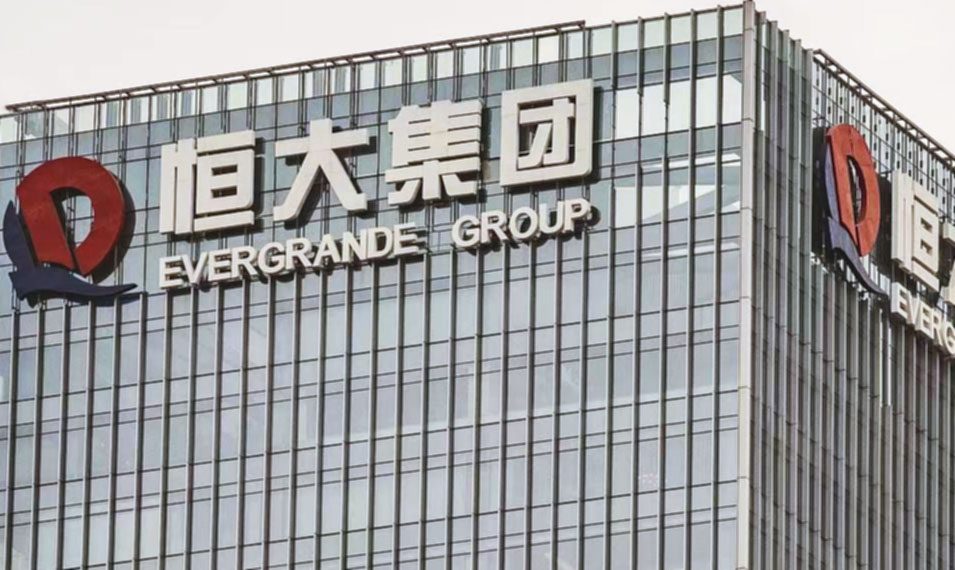This article is from the Australian Property Journal archive
WHILE Beijing’s recently-introduced measures to tackle China’s property sector crisis have exceeded market expectations, the pace at which local authorities implement policies will be a key watch.
Beijing’s hand has been forced further as the world’s most indebted developer, Evergrande, filed for bankruptcy protection in the United States and major company Country Garden warned of a potential US$7.6 billion first-half loss.
Evergrande and China’s real estate sector have been in crisis since late 2021, following Beijing’s regulatory crackdown with the introduction of the “three red lines” policy – guidelines on liability-to-asset, debt-to-equity and cash-to-short-term debt ratios.
The crisis has seen developers unable to complete countless housing projects, with protests taking place in response and homebuyers engaging in mortgage boycotts.
Beijing has rushed to introduce measures in recent months to stem the bleeding, including cutting interest rates, reducing red tape, and being more lenient with loans. In the past fortnight, the People’s Bank of China has in several new nationwide measures, including a cut to the down-payment ratio for first-home purchases to 20% and for second home purchases to 30%, down from 30 to 35% and 70 to 80% in Tier 1 cities respectively.
The lower end of the mortgage rate for second home purchases has been lowered to the loan prime rate (LPR) of +20 basis points.
There has been an adjustment lower of interest rates for existing mortgages for first-home buyers, subject to negotiations between banks and borrowers. More than 90% of outstanding mortgages are first home loans. China now broadens the definition of first home mortgagers and allows preferential loans for first-home purchasers, regardless of their credit record, subject to local judgement. Tier 1 cities, including Guangzhou and Shenzhen have announced they will adopt this measure.
“A key thing to watch is whether all these policies will be fully adopted at the local level, especially in Tier 1 cities,” said ANZ’s senior China economist Betty Wang.
“According to the announcements, local authorities have been given flexibility as to the pace and extent to which they implement the policies. For example, we will be watching closely how much the cut in interest rates impact the rates of outstanding mortgages.”
According to ANZ’s earlier estimate, a cut of CNY16 trillion issued during 2017-2021 in existing first-home loan rates to the five-year LPR will save households interest outlays of up to CNY109 billion, a “meagre” 0.2% of annual household disposable income.
Compared with previous easing measures since 2021, this is the first time China has relaxed property restrictions nationwide, with a focus on the demand side, amid a slide in home sales – new home sales by China’s 100 biggest developers slumped by 33% in the year to July – and a deterioration in the operating environment for developers.
“The easing sends a signal that the policy intention is to stabilise the sector with support to genuine home buyers.
“Regardless, it will take time for these easing policies to feed through. In addition, challenges to reversing the downtrend of the property sector remain high, including an uncertain job market and a deteriorating income outlook. In a nutshell, if policies are moving in an easing direction with a consistent message, it will help shore up market confidence and stabilise the sector in the upcoming quarters.”




